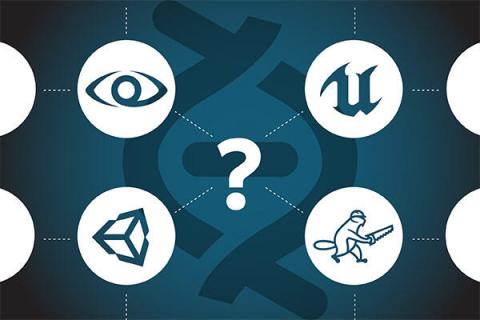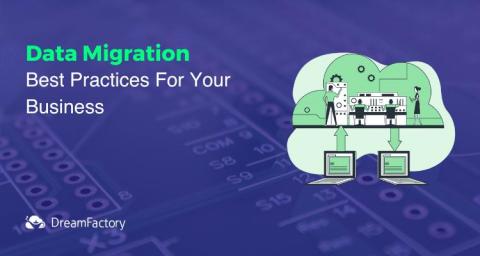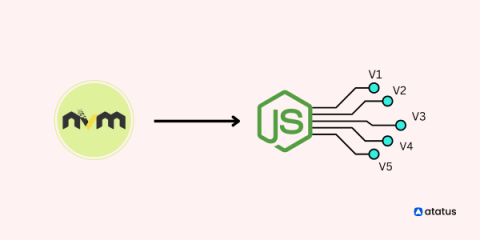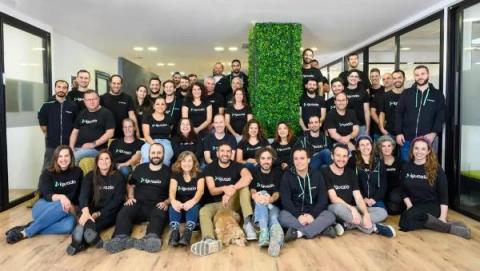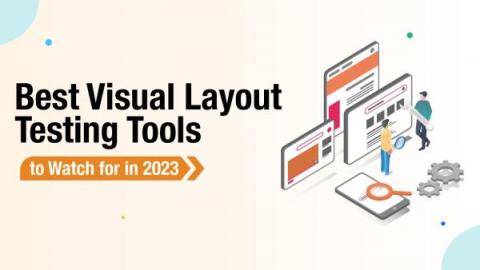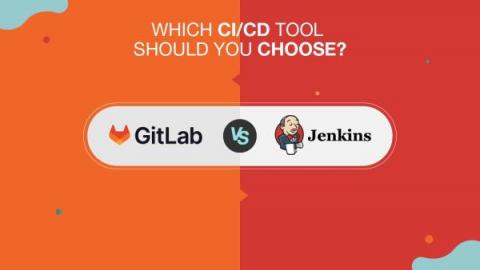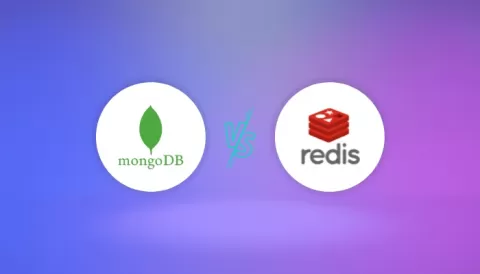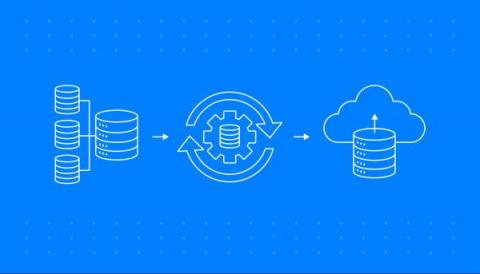Systems | Development | Analytics | API | Testing
Latest News
5 Business Data Migration Best Practices
Managing Multiple Node.js Versions with NVM
If you have worked in the developing scenes, you know how important programming language versions are. Every time the company releases a new version of their language, they have significantly improved and worked upon its older versions. And most of the time, the older versions get deprecated and become out-of-use for building modern web applications. When Ryan Dahl first built Node.js in 2009, it was supported only on Mac OS and Linux.
McKinsey Acquires Iguazio: Our Startup's Journey
Modernizing the Customer Loyalty Landscape
These days, we can’t complete a transaction in a retail store without “giving away” our contact number. This is true especially if the store is part of a retail chain that is spread across the region or country, and there are many stores present within the city a few kilometers away from each other. If you ever wonder what they are doing with your contact number, just be aware that they have a file on you!
Cybersecurity Update: What Do the Latest WP.29 UNECE Regulations Cover?
Best Visual Layout Testing Tools to Watch for in 2023
Suppose an e-commerce website has top-notch functional features and runs on the best possible technology of today. It also allows users to browse multiple products and complete their shopping experience. But the interface is confusing, lacks proper structure, and has an inconsistent layout. Would you navigate that site? We think not! The visual layout takes precedence in attracting traffic despite functional aspects being critical to a site’s success.
GitLab vs Jenkins - Which CI/CD tool should you choose?
Many changes keep happening in software daily, especially when it is big, like Netflix, Amazon, Facebook, etc. Such software contains a lot of modules, and there are different teams working on them that might never know each other’s names. But they still affect the same software even if they do in different ways. Along with working on features and enhancements, some people work on bugs and regularly rectify them to integrate the new code.
MongoDB vs. Redis - Which Database Should You Use?
Data pipeline vs. ETL: How are they connected?
“Data pipeline” and “Extract, Transform, Load” (ETL) are common phrases encountered in just about every data integration. But what’s the difference?


